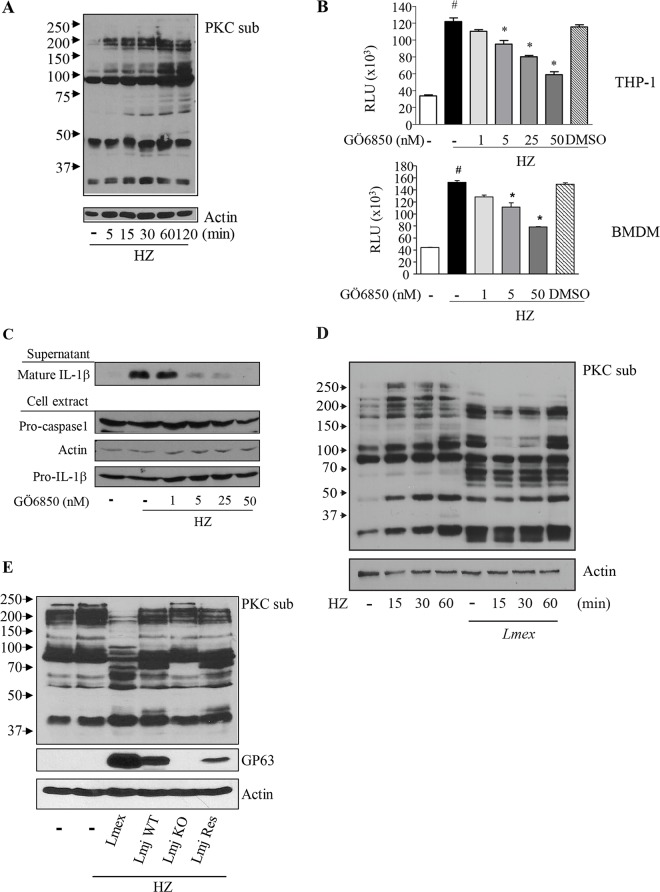Fig 4. HZ-induced ROS and IL-1β production is mediated by PKC, which is in turn target of Leishmania parasites induced dephosphorylation.
(A) PMA-differentiated THP-1 cells (1x106 cells/mL) were stimulated with 200 μg/mL of HZ for indicated time points. (B) THP-1 or LPS-primed BMDMs (0.1x106 cells/100 μL) were pre-treated with indicated concentrations of PCK inhibitor GÖ6850 for 30 min. After 1.5 hrs, ROS production was measured by fluorescence using DCFA. Data shows mean values with SEM of 3 independent experiments. Differences were considered significant for p < 0.05. (#) denotes significant changes between uninfected and HZ treated samples. (*) denotes significant changes of ROS production due to PKC inhibition Cells were pre-infected with the indicated Leishmania species for 2 hrs (D, E) or pre-treated with the indicated amounts of the PCK inhibitor GÖ6850 for 30 min (C) and then stimulated or not with 200 μg/mL of HZ for 6 hrs (C) or as indicated (D). Cell extracts of PMA-differentiated THP-1 were pre-infected with L. major GP63 wild type (Lmj WT) or L. major GP63-/- (Lmj KO) parasites for 2 hrs and then stimulated or not with 200 μg/mL of HZ for 1 hr (E) Cell extracts were collected and subjected to Western blot analysis with the indicated antibodies (A, C, D and E). (-) indicates untreated samples. (PKCsub) denotes the usage of an antibody specific for PKC-dependent phosphorylation.

